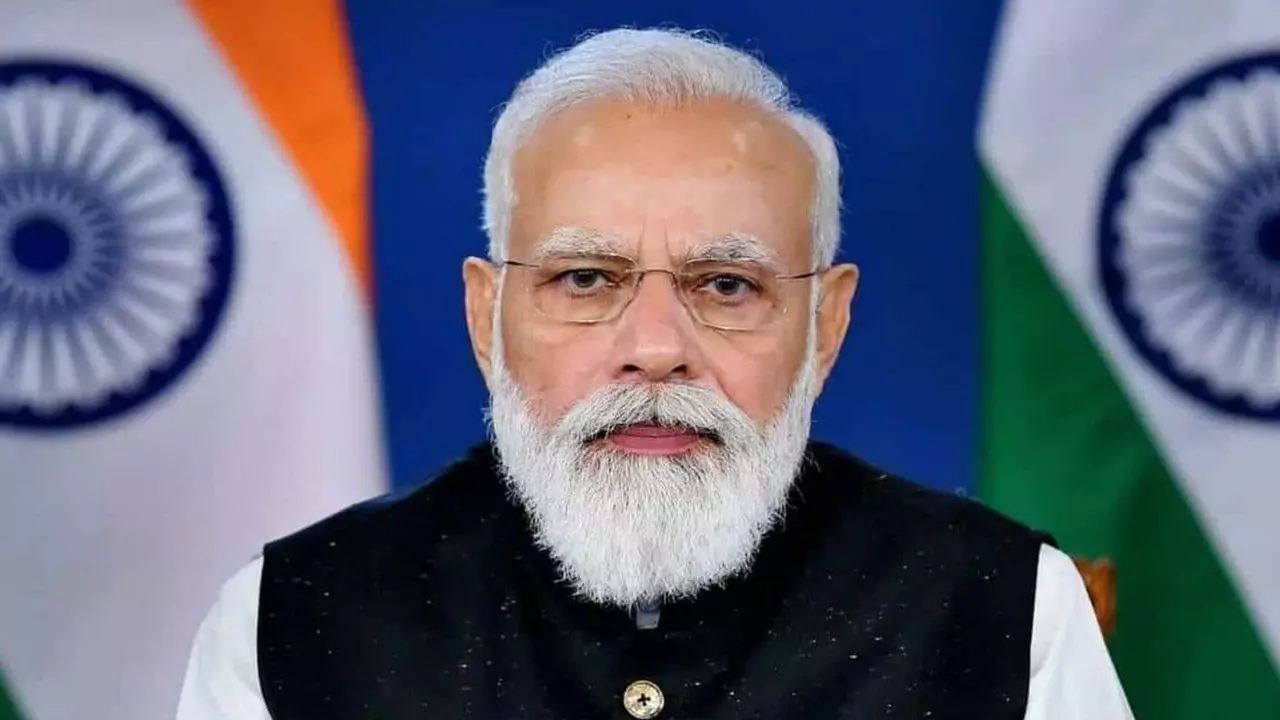Media Bias: What It Is and Why It Matters
Ever watched a news clip and felt something was off? That gut feeling is often media bias showing up. It’s not just a buzzword – it’s a real influence that shapes how we see politics, sports, and everyday events. In India, conversations around bias pop up all the time, from heated debates about TV news channels to discussions on how foreign outlets portray Indian leaders.
When we talk about bias, we’re looking at two main flavors: selection bias (what’s covered or left out) and framing bias (how the story is told). Both can tilt opinions without anyone saying a word. For example, a post on our site asked, “Do you hate Indian news channels?” and highlighted how many viewers feel channels chase TRPs over balanced reporting, often resorting to shouting matches instead of thoughtful debate.
Real‑World Examples From Our Community
One of our readers pointed out that American media often paints Indian Prime Minister Narendra Modi in a mostly positive light, focusing on reforms and diplomatic wins while downplaying controversies. That’s a classic case of framing bias – the same facts can be presented in a way that nudges the audience toward a particular view.
Another hot topic is sports streaming. A post about JioHotstar grabbing the India vs England Test streaming rights sparked a debate on whether digital platforms skew coverage compared to traditional TV. While not a direct political bias, the way rights are allocated can influence which audiences get the most exposure, subtly shaping public perception of the sport.
How to Spot and Counter Bias in Your News Feed
Here are some quick, practical steps you can take right now:
- Check multiple sources. If you’re reading about a policy change, glance at a regional outlet, a national paper, and maybe an international site. Differences often reveal bias.
- Notice the language. Words like “alleged,” “unproved,” or “celebrated” hint at the writer’s stance. Neutral reporting sticks to facts without loaded adjectives.
- Ask what’s missing. If a story only highlights one side of a debate, look for the other side elsewhere. Omitted viewpoints are a silent bias.
- Look at who’s quoted. Are the sources diverse, or do they all come from the same political camp? A balanced article usually includes a range of voices.
Even with these tricks, staying unbiased is hard. That’s why joining a community like Tech Innovators Hub helps – you get exposure to varied opinions, from tech enthusiasts debating streaming rights to people sharing personal experiences of living abroad.
Remember, bias isn’t always malicious. Sometimes it’s just a habit of sticking to familiar narratives. By being aware and asking the right questions, you can cut through the noise and form your own informed view. Keep exploring, keep questioning, and don’t let any single channel dictate your reality.
